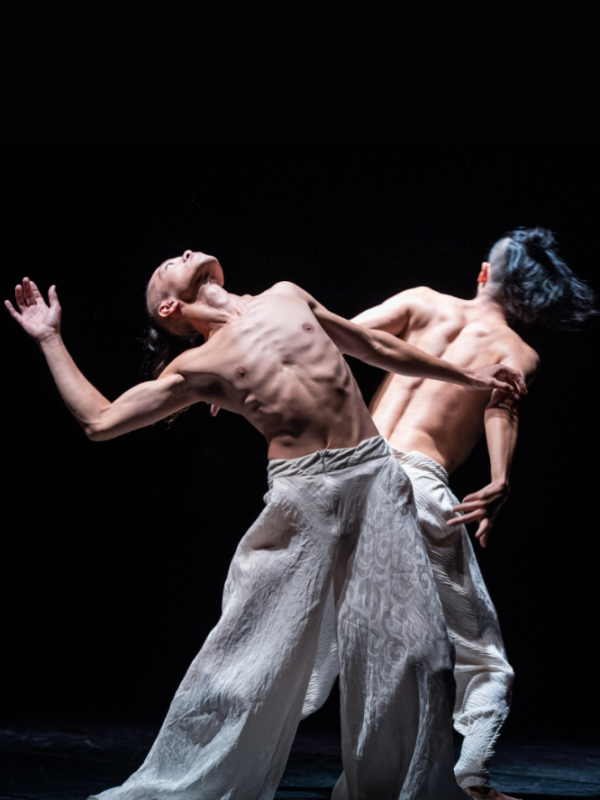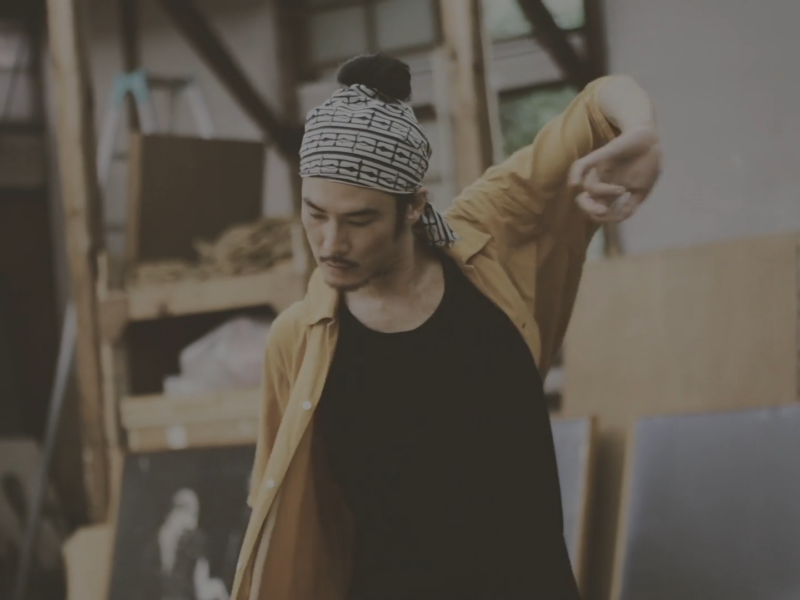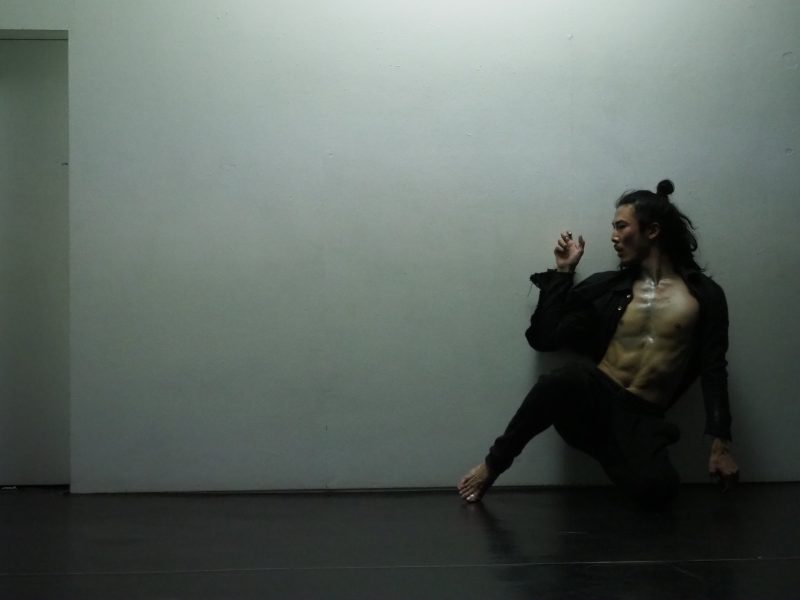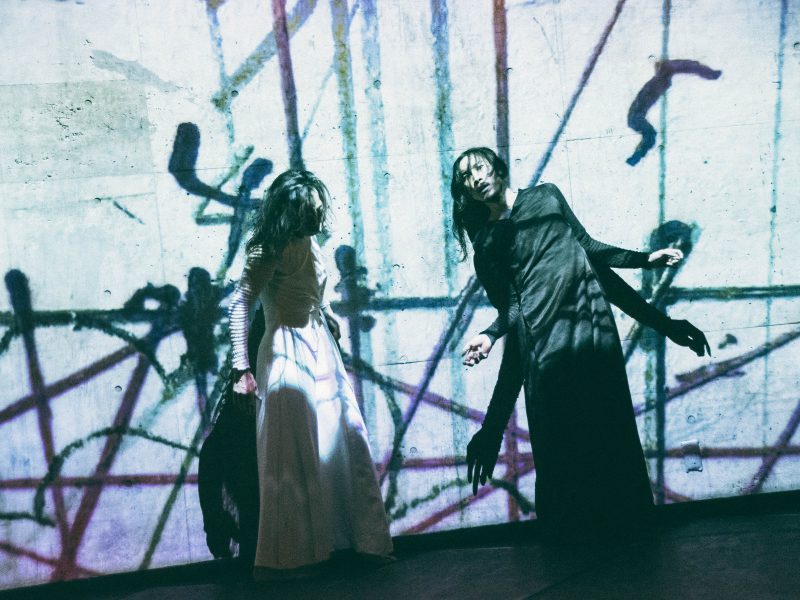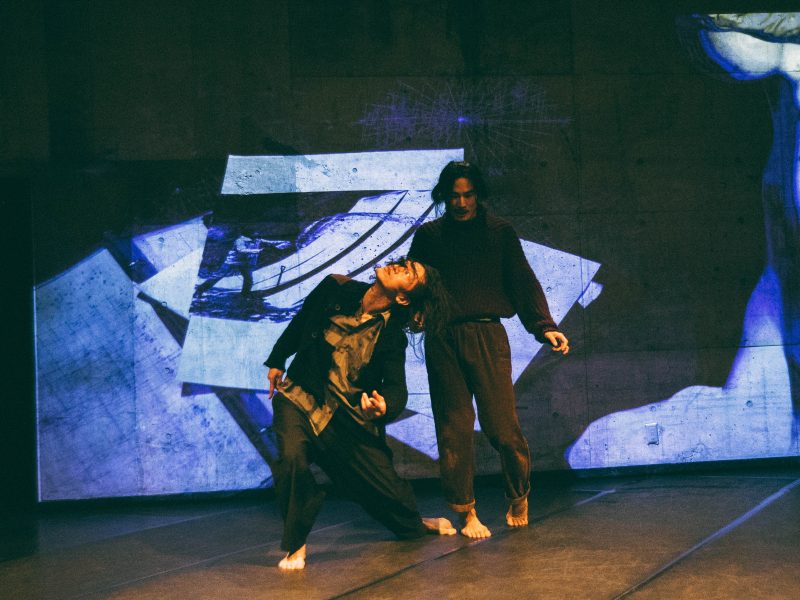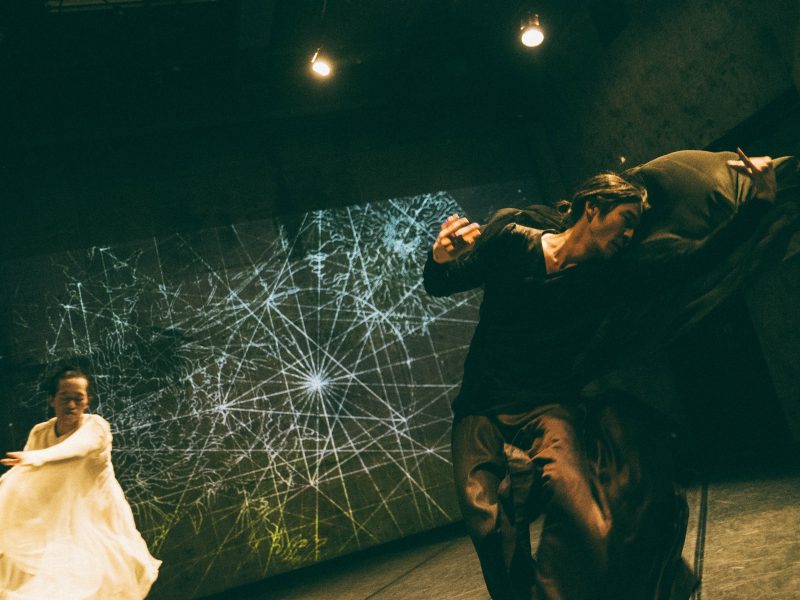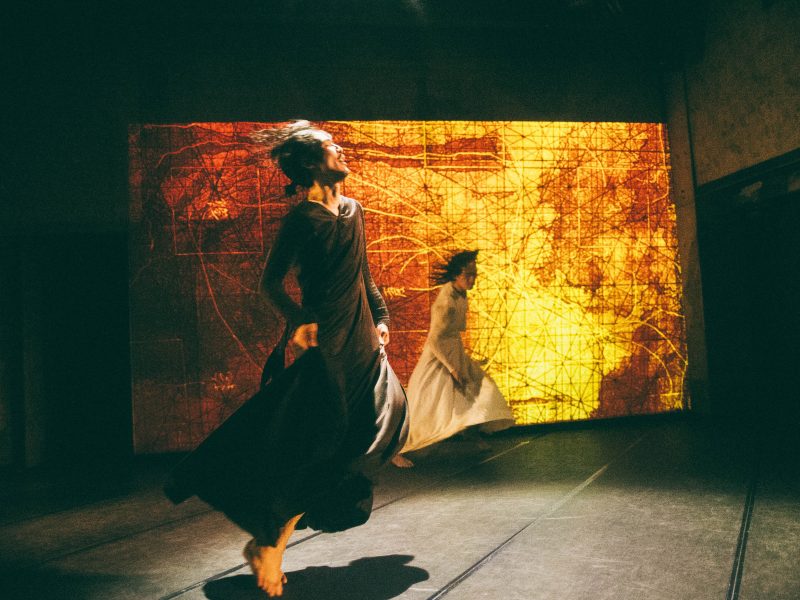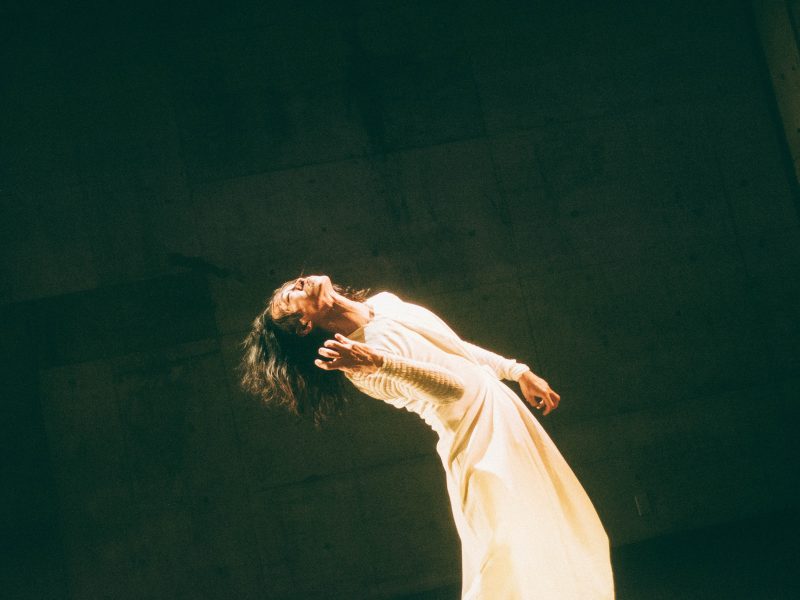Kentaro Kujirai: U-Bu-Su-Na
(This is a past event and is no longer running)
NORTHERN JAPAN – NATIVE STORIES – GODS OF THE BOUNDARIES
★★★★★
“A unique opportunity to immerse yourself in a performance that is both explosive and meditative… do not miss this unique opportunity.” (thespyinthestalls)
“U-BU-SU-NA” – an ancient Japanese word meaning “the mystical divine power that protects the land and those who live there”.
A luminous World Premiere from Kentaro Kujirai, one of Japan’s leading contemporary Butoh masters.
U-BU-SU-NA interrogates the tension between contemporary urbanism and Japan’s ancient spiritual heritage, as he shares his response to the buried legacy of discrimination in the Sendai area of Tohoku, where Kujirai was born and raised.
In a piece that is both universal and intensely personal, Kujirai asks what lost history can teach us.
Elegant yet energetic, precise yet passionate, Butoh is a practice that takes years to master, mixing the traditional with the contemporary to create a spellbinding, transformative experience.
Butoh, or ‘dance of utter darkness’, was developed in Japan in the aftermath of the Second World War. Butoh discusses taboo topics in a vigorous dialogue incorporating playful, vivid movement and grotesque imagery, in a rebellion against conventional dance practices.
U-BU-SU-NA was created in collaboration with dramaturg Shuri Kido, an award-winning poet known for his translations of Ezra Pound into Japanese. His English poetry collection, Names and Rivers, was selected as one of The Washington Post’s best five poetry books in 2022.
Kujirai will again collaborate with Japanese sound artist and composer Fujita (aka FUJI||||||||||TA) who is known for using natural phenomena to explore his interest in hearing the unheard.
Kujirai performs with dancers Makoto Sadakata, Izumi Noguchi, and Hirohisa Kanamori, who studied under the renowned Butoh master Akira Kasai, and were members of his Tenshikan troupe along with Kujirai.
U-BU-SU-NA is the first in Kujirai’s BUTOH series: To the Light of Taxidermy Vol.1 created in response to the work of Butoh founders Tatsumi Hijikata and Kazuo Ohno. Kentaro Kujirai’s last appearance at The Coronet was with A HUM SAN SUI as part of the Electric Japan Festival in 2022.
The work is created in cooperation with Takashi Morishita from the Hijikata Tatsumi Archive at the Keio University Art Center.
Choreography
Kentaro Kujirai
Dramaturg
Shuri Kido
Critical Collaborator
Yurika Kuremiya
Dancers
Kentaro Kujirai, Makoto Sadakata, Izumi Noguchi, Hirohisa Kanamori
Music
FUJI||||||||||TA, Kota Nakasato
Lighting Design
Kazuya Yoshida
Photographer
Keiko Onoda
Costume Design
KMRii, C.R.O.W design lab.
Created in cooperation with
Hijikata Tatsumi Archive in Keio University Art Center, Hijikata Tatsumi Asbestos-kan
